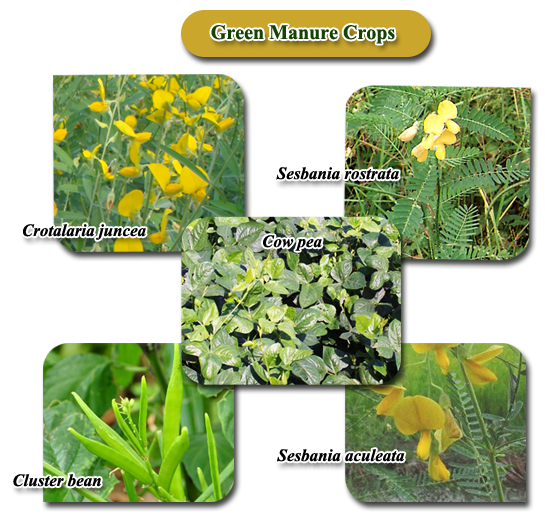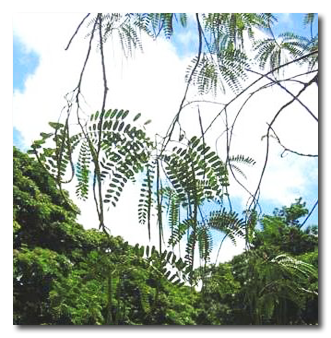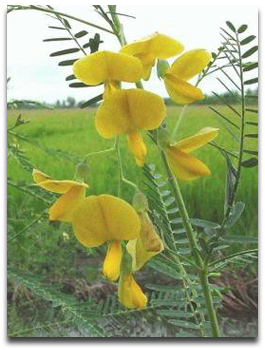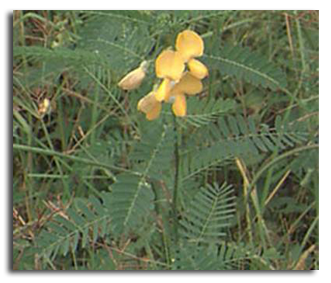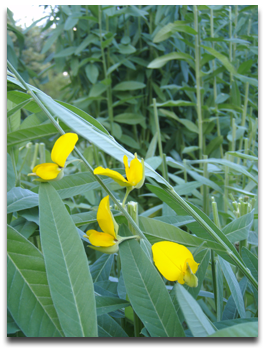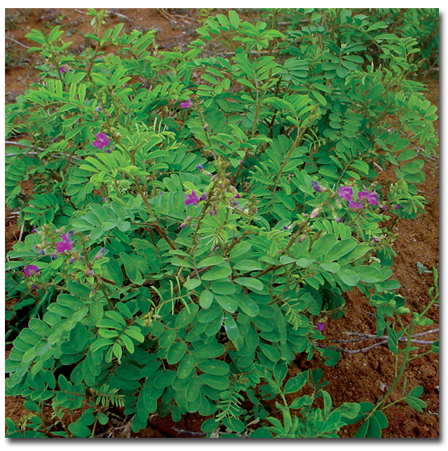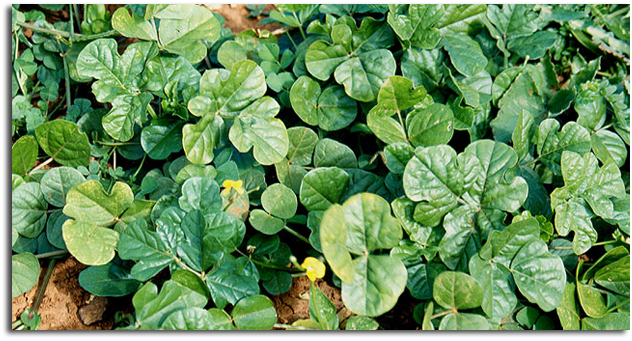
|
|
| Home | Seasons & Varieties | Tillage | Nutrient Mgmnt | Irrigation Mgmnt | Weed Mgmnt | Crop Protection | Cost of Cultivation | Photobank | |
Major Areas :: Green Manuring :: Agronomy of Green manure Crops |
|
|
AGRONOMY OF GREEN MANURE CROPS
SITHAGATHI (Sesbania speciosa)
Season: Can be grown in all seasons,
DHAINCHA (Sesbania aculeata)
Season: Seed treatment
Mix seeds with specific rhizobium strain @ 5 pkts /ha Spacing: Broadcasted, For seed purpose adopt 45 x 20 cm Irrigation: Once in 15 – 20 days Harvest: Incorporate the green matter within 45-60 DAS & collect seeds from 100 DAS YieldGreen biomass – 25 t/ha
MANILA AGATHI - Sesbania rostrata
Season SoilBlack & red soils are suitable, IrrigationOnce in 15 – 20 days
SUNNHEMP (Crotalaria juncea)
Season:
WILD INDIGO (Tephrosia purpurea)
Season:
PILLIPESARA (Phaseolus trilobus)
Grown in all seasons March – April month is best for seeds production Soil: Rice fallow clay soils are suitable Seed rate: 10-15 kg/ha for green manure Seed purpose 10 kg/ha Spacing: Broadcasted For seed purpose adopt 30 x 10 cm Irrigation: Once in 25-30 days Harvest: Incorporate the green mater within 60 DAS & for seed collect the seeds from 150 DAS Yield: Green biomass – 6-7 t/ha Seed – 400 - 500 kg/ha Source: Updated on : 2013 |
|
| Home | Seasons & Varieties | Tillage | Nutrient Management | Irrigation Management | Weed Management | Crop Protection | Cost of Cultivation |
© All Rights Reserved. TNAU-2016. |
|
